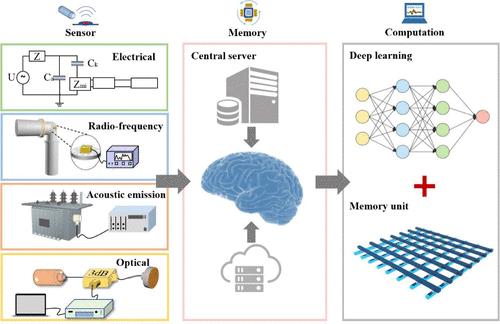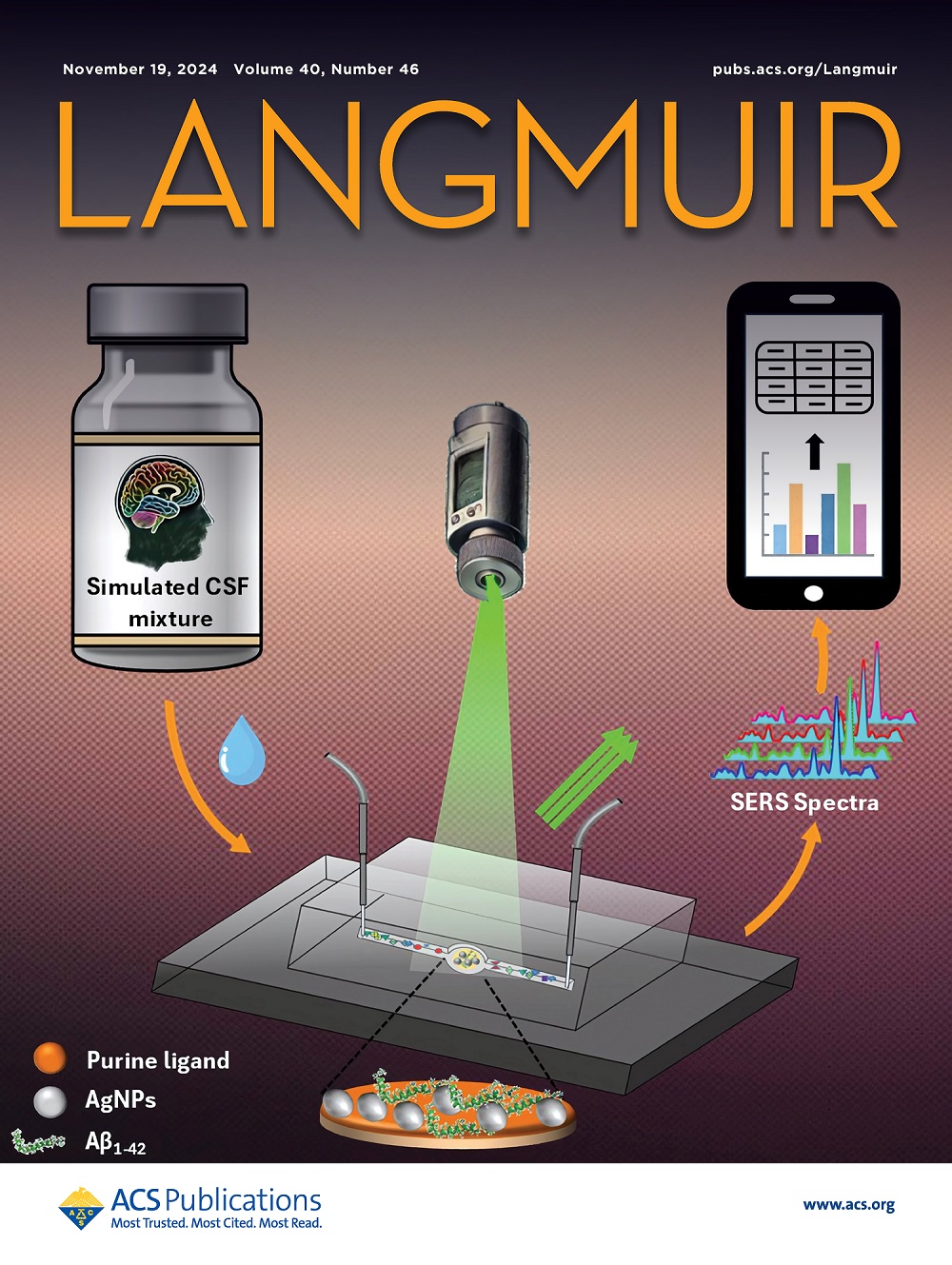Intelligent Monitoring Technology of Partial Discharge Based on an Integrated Sensing–Memory–Computation System
IF 3.9
2区 化学
Q2 CHEMISTRY, MULTIDISCIPLINARY
引用次数: 0
Abstract
Discharge phenomena, from electrostatic discharges in integrated circuits to lightning in the atmosphere, are pervasive and can lead to economic consequences in the electronic industry. Among these, partial discharge (PD) is a critical factor causing insulation damage in power equipment, significantly impacting power networks. Moreover, due to the trend of digitization, the number of pieces of power equipment has significantly increased. Real-time online monitoring of equipment can alleviate the impact of unavoidable PD events, and its necessity is significantly enhanced. In response, co-designing advanced materials, non-volatile memory (NVM), and software (SW) for discharge monitoring offers a compelling solution. This is achieved through an integrated sensing–memory–computation system. This review thoroughly examines different technologies used for monitoring PD, focusing on how sensing, memory, and computation play a role. It also looks at the possible difficulties and future expectations when SW and hardware technologies are combined in these systems. The solution to the three challenges of energy consumption, dedicated architecture, and circuit aging in integrated systems will greatly improve the energy efficiency, processing speed, and service life of intelligent monitoring systems. Eventually, this provides a feasible strategy for designing systems that can efficiently reduce the negative impacts of PD through smart monitoring and analysis.

基于传感-记忆-计算集成系统的局部放电智能监测技术
从集成电路中的静电放电到大气中的闪电,放电现象无处不在,并可能给电子工业带来经济后果。其中,局部放电(PD)是造成电力设备绝缘损坏的一个关键因素,对电力网络产生重大影响。此外,由于数字化趋势的发展,电力设备的数量大幅增加。对设备进行实时在线监测可减轻不可避免的 PD 事件的影响,其必要性大大提高。为此,共同设计用于放电监测的先进材料、非易失性存储器 (NVM) 和软件 (SW) 提供了一种极具吸引力的解决方案。这可以通过集成传感-内存-计算系统来实现。本综述深入研究了用于监测放电的不同技术,重点关注传感、内存和计算如何发挥作用。它还探讨了在这些系统中结合 SW 和硬件技术时可能遇到的困难和未来的期望。解决集成系统的能耗、专用架构和电路老化这三大难题,将大大提高智能监控系统的能效、处理速度和使用寿命。最终,这将为设计通过智能监测和分析有效减少 PD 负面影响的系统提供可行的策略。
本文章由计算机程序翻译,如有差异,请以英文原文为准。
求助全文
约1分钟内获得全文
求助全文
来源期刊

Langmuir
化学-材料科学:综合
CiteScore
6.50
自引率
10.30%
发文量
1464
审稿时长
2.1 months
期刊介绍:
Langmuir is an interdisciplinary journal publishing articles in the following subject categories:
Colloids: surfactants and self-assembly, dispersions, emulsions, foams
Interfaces: adsorption, reactions, films, forces
Biological Interfaces: biocolloids, biomolecular and biomimetic materials
Materials: nano- and mesostructured materials, polymers, gels, liquid crystals
Electrochemistry: interfacial charge transfer, charge transport, electrocatalysis, electrokinetic phenomena, bioelectrochemistry
Devices and Applications: sensors, fluidics, patterning, catalysis, photonic crystals
However, when high-impact, original work is submitted that does not fit within the above categories, decisions to accept or decline such papers will be based on one criteria: What Would Irving Do?
Langmuir ranks #2 in citations out of 136 journals in the category of Physical Chemistry with 113,157 total citations. The journal received an Impact Factor of 4.384*.
This journal is also indexed in the categories of Materials Science (ranked #1) and Multidisciplinary Chemistry (ranked #5).
 求助内容:
求助内容: 应助结果提醒方式:
应助结果提醒方式:


